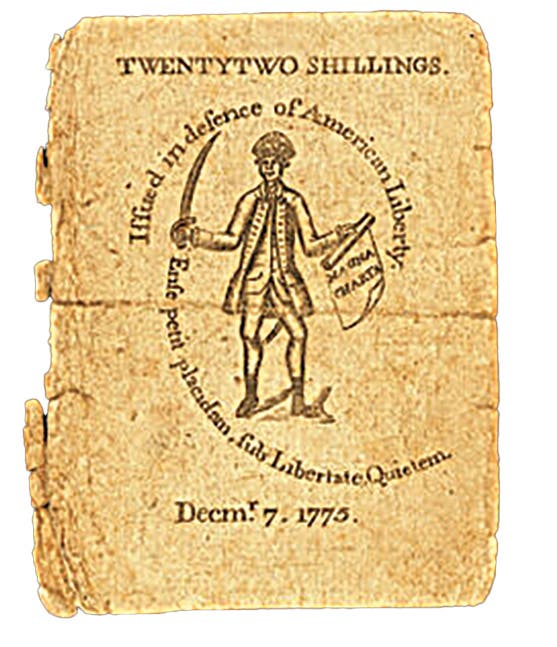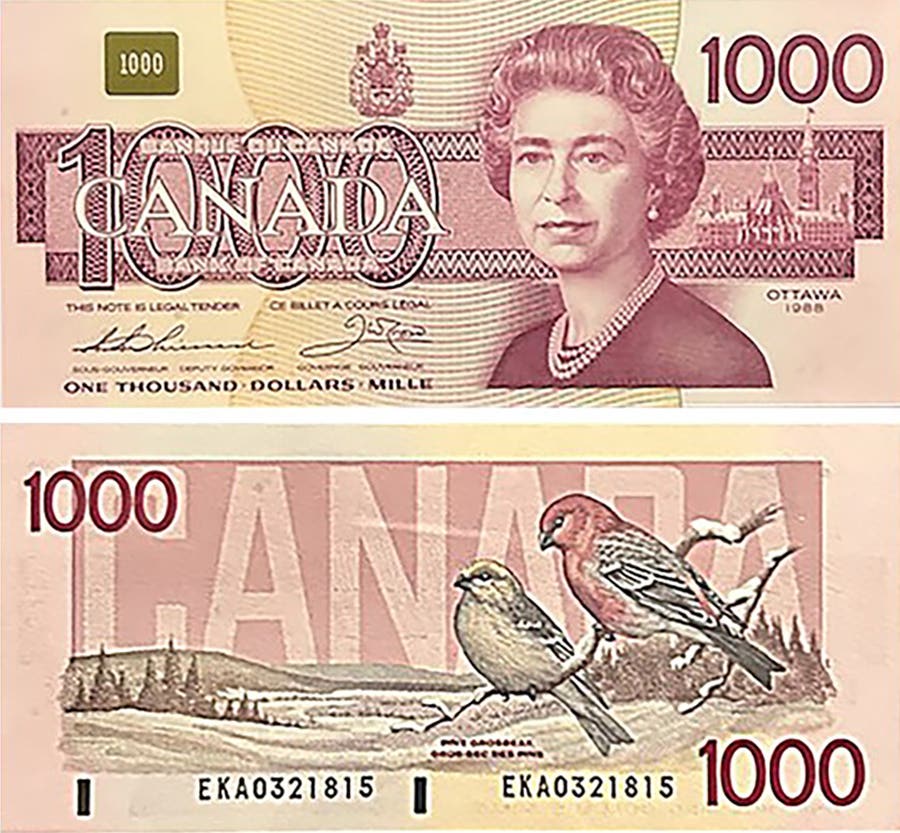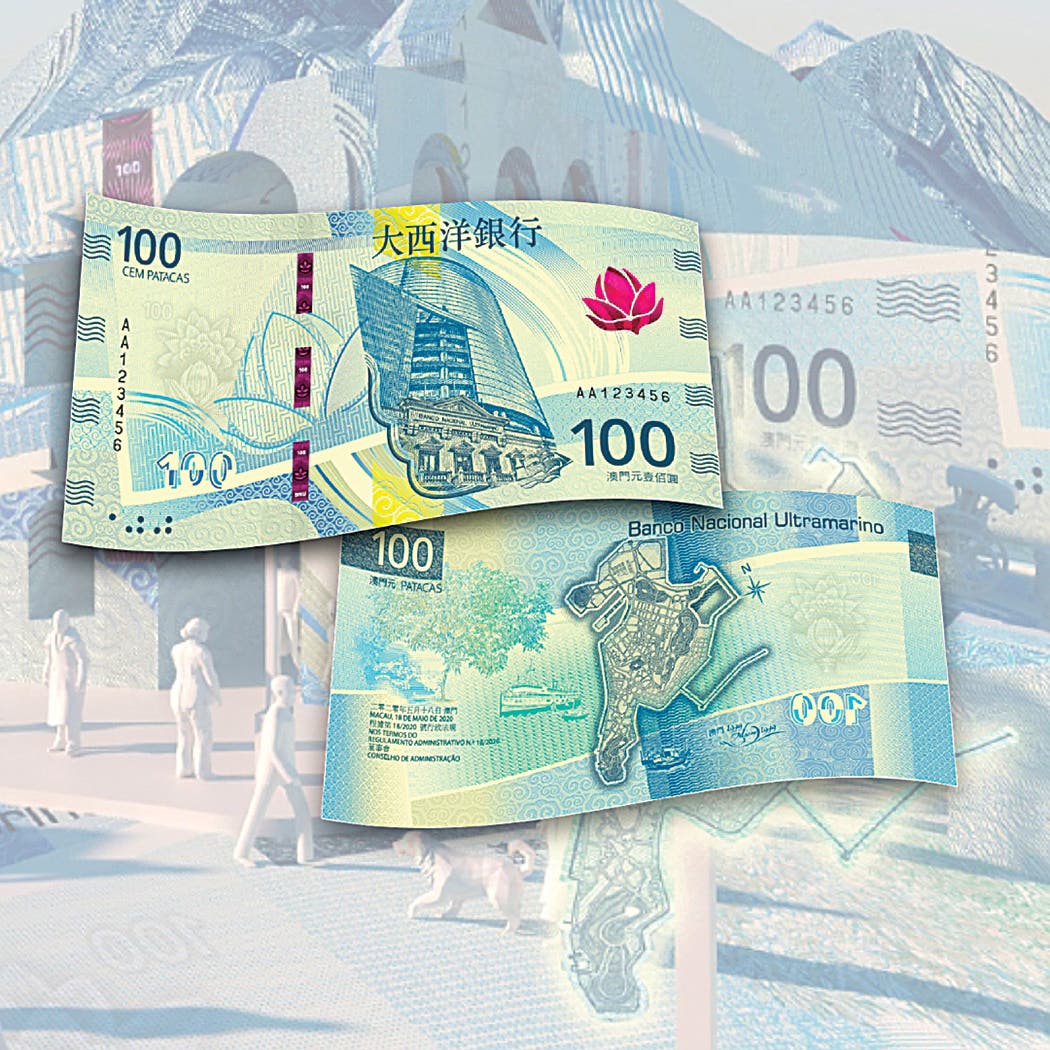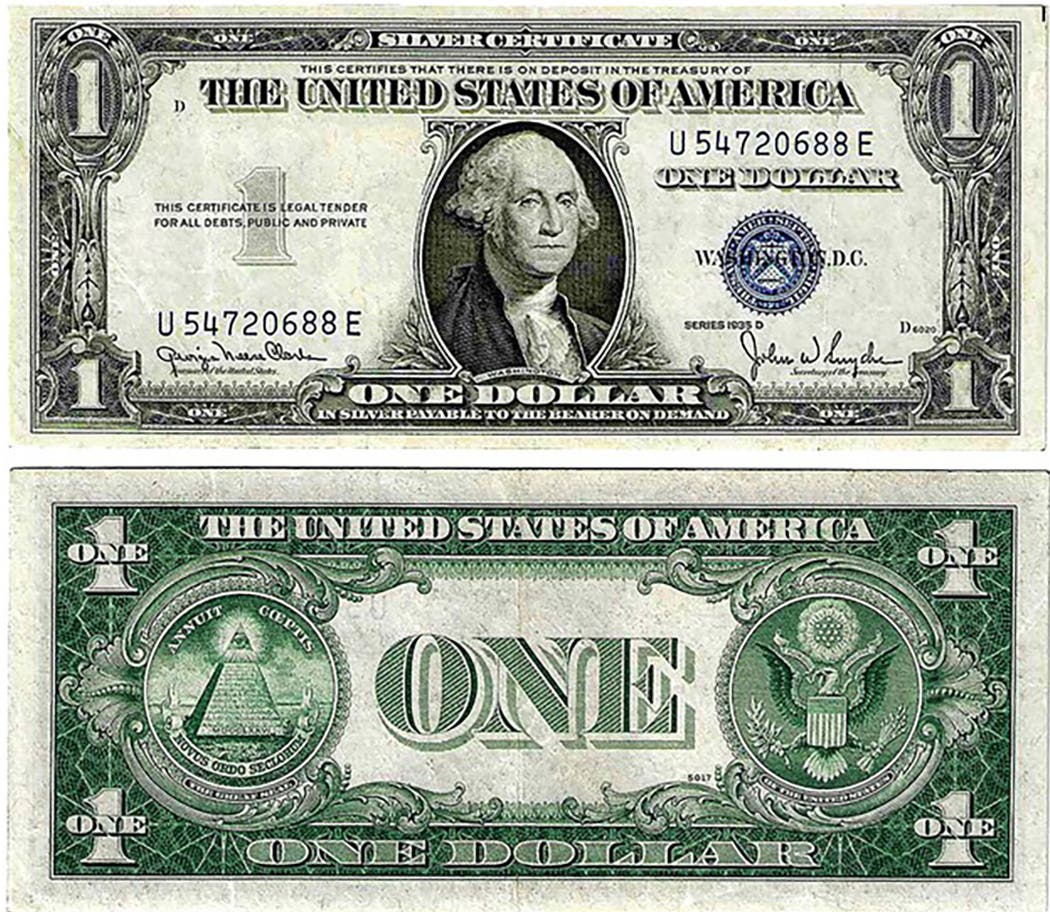Buying Low Grade Notes
I didn’t go to the Summer Fun show, but I got a report on it from reader Bob Grual, who said he attended a talk by former ANA President Randy…
I didn’t go to the Summer Fun show, but I got a report on it from reader Bob Grual, who said he attended a talk by former ANA President Randy Campbell, who talked about good opportunities for Morgan and Peace dollars, although he said that Seated dollars were flat at the present time. There were about 250 dealer tables, a bit more than usual for the summer FUN show. All in all, Bob said it seemed to be a pretty good show.
As I write this column, I am planning on attending the ANA Show. I’ll report on it in the next column, a bit after the show itself. As of now there aren’t a lot of shows going on. I’ve been mining the Tuesday night Heritage auctions. This is a good place to look for bargains. Fractional notes, and Small Size seem to be available at a better price. If you’re a serious Federal Reserve Note collector, you might find bargains in these auctions.
What are your thoughts on condition of the notes you purchase? David Q. Bowers says to buy the best you can afford. That is great advice, especially if you’re a younger collector. In my library I have some old Whitman magazines. An ad in 1968 for an obsolete bank, The State Bank of Michigan sheets, beautiful red American Bank Note examples, were offered at $5. Today they retail in the $500 range. Unfortunate for me, I bought my sheet much later. You might groan looking at the prices for notes back then, even allowing for inflation.
What is your opinion on buying low grade notes? Well, if you collect National Bank notes you should heed the advice of the old timers. If you see a note on a rare bank, buy it, as you might never see another. Some years back, the bible for National notes was the Hickman, Oakes tome that contained lots of information on populations. John Hickman pioneered that information and Don Kelly carries that work on today, joined by other experts in the field. Hickman identified six rarity groups based on total reported populations. 1 of 2 notes were sixes, 3 to 5 notes were fives, and 6 to 12 were fours. After that the notes were pretty common. Now the focus has shifted a bit to the rarity of individual notes. It is still good advice to buy a note on a rare bank. You really might not see another. This population information greatly shapes the cost of a note. In our price cataloging we give a price for common notes. The price for better notes will hinge on the competition present in the collecting venue. If there are two or three deep pocket collectors for a given area, prices will be stiff. For example, a Very Fine Lazy Two note from a common bank like La Crosse, Wis., where more than 50 have been reported might sell for $3,500, while a scarce one might bring much more. There aren’t a lot of lazy Twos out there, however and very few in great condition. In addition, they are very popular. Thus, a Gem La Crosse has sold for $30,000. So, don’t sell National Bank Notes short. Email me at billbrandimore@charter.net






